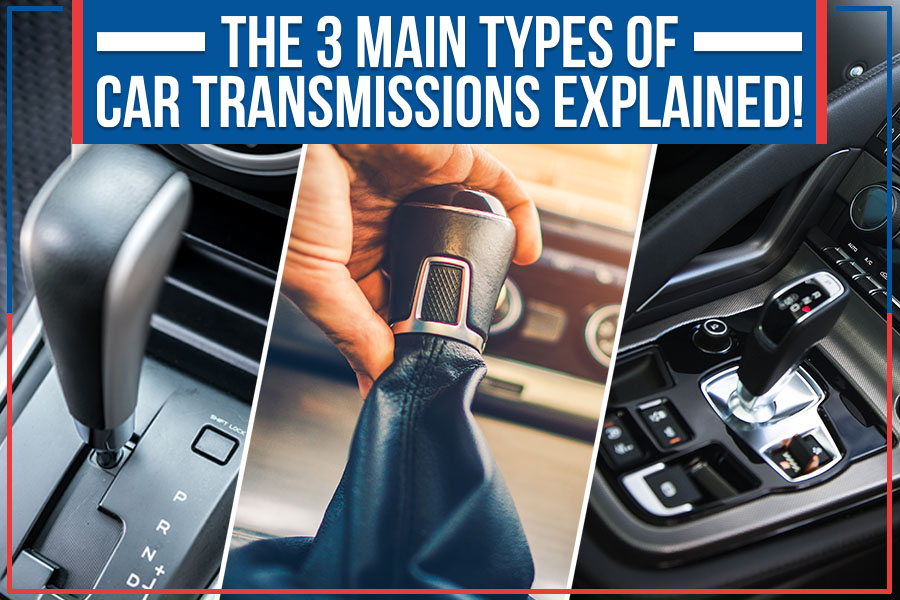
The transmission is one of your car’s most complicated (and important) features. Many people might not think twice about how this component works, however understanding how it functions can help you make smart buying decisions when it comes time to upgrade your car or purchase your next one!
So without further delay, let’s dive into this explanation of car transmissions by Mike Patton Ford Lincoln!
3 Main Types Of Car Transmission
There are 3 main types available today:
- Manual Transmission (MT,) also known as stick shift or standard transmission
- Automatic Transmission (AT)
- Semi-Automatic Transmission (ST)
Each type offers different functionality, speeds per gear ratio, fuel efficiency, driving experience, etc., depending on the design and technology used by the manufacturer.
1. Manual Transmission (MT)
Manual transmission consists of a set of gears with roller clutches. Whenever you place your car in reverse or drive mode, it does not automatically engage any gear; instead, you have to move the stick to either neutral (N), first gear (1), second gear (2), third gear (3), fourth gear (4) or fifth gear (5).
The rotation speed depends on how much pressure you apply. The harder you push the clutch pedal down, the faster it will rotate—a clutch couples two rotating shafts or drums to be held together.
Also, if there are more gears in your transmission, the higher the gear you are in, the faster you can go.
manual is preferred by those drivers who like having complete control of their car while driving – and they must have good driving skills!
2. Automatic Transmission (AT/CVT):
This is simpler to use than manual transmission. Automatic Transmission is enclosed in a sealed housing that contains two sets of variable-sized pulleys connected by a steel-band like belts called V-belts, alternator belts, etc.
When you place your car on ‘Drive’ or ‘Reverse,’ the power flow automatically engages any of its many gears (usually, there are four forward gears and one reverse gear). The engine’s RPM changes, but the actual power output remains the same.
Drivers are required to put minimal effort while driving cars with AT – this kind is usually preferred by beginners, or people who are more interested in getting from point A to point B, rather than the drive itself.
3. Semi-Automatic Transmission
A semi-automatic transmission works like this: The driver presses down on the accelerator pedal, which causes the engine to rev up. A sensor determines how fast the car is going (engine speed) and sends that info to an electronic control unit (ECU). The ECU then tells the engine to go faster or slower by changing the gear ratio of different transmission parts.
For example, if the ECU wants to go faster, it would shorten the gear ratio of the gears spinning at a higher speed. This will make them spin faster while still keeping them in their proper rotational position within the car’s power cycle, so everything is smooth and efficient.
A semi-automatic car is suitable for drivers who don’t frequently change gears but still want some control over their vehicle.
We hope that this article helped you get a better understanding of the three main types of car transmissions! Happy driving!
Mike Patton Ford Lincoln serving Oak Grove, GA, is here to help you choose the best transmission option for your new car. Don’t forget to check out our inventory of high-quality cars before they are sold out!



